There is a growing buzz around inflation, leaving many young adults on a financial independence journey wondering how it will impact their personal financial goals. This article will address what inflation is, how it impacts your savings and investments, and strategies to curb its impact.
What is inflation?
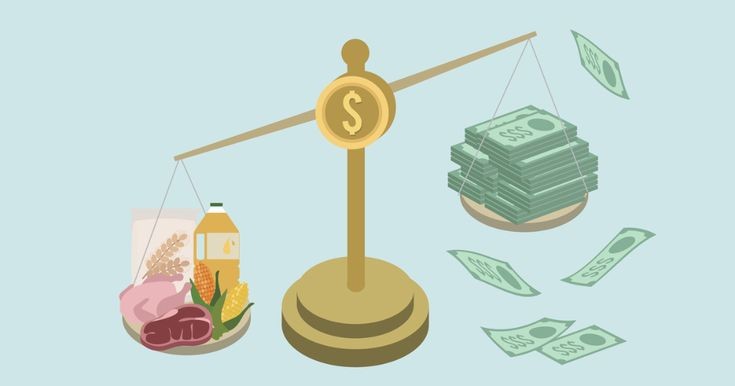
Inflation is described as “a continuing rise in the general price level usually attributed to an increase in the volume of money and credit relative to available goods and services” in the Merriam-Webster dictionary. To put it simply, inflation is the process through which the cost of goods and services rises over time and reduces the purchasing power of money. This implies that in the future, money will be able to purchase fewer goods and services even though its nominal value remains constant.
How does inflation impact savings?
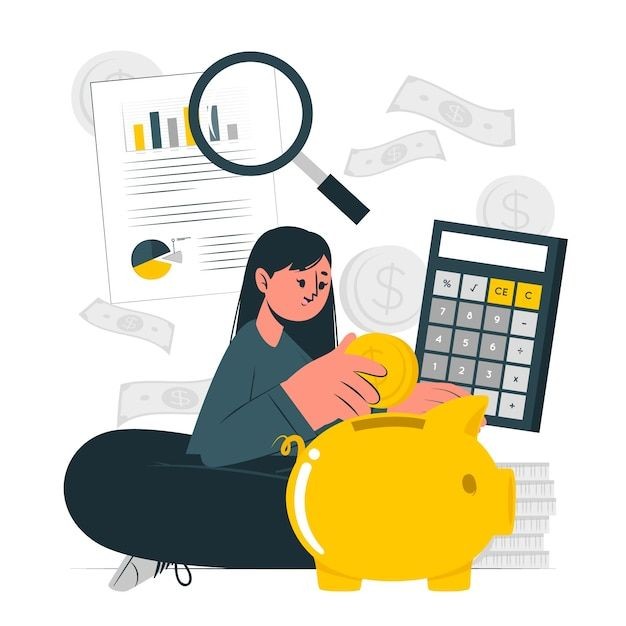
Depending on the kind of savings and the current interest rates, inflation affects your savings differently. However, over time, inflation can reduce the value of savings because rising prices reduce the purchasing power of money. This indicates that even though the total amount saved remains constant, inflation will cause it to be worth less in the future.
The most common forms of saving are cash savings through a bank; these forms of savings are impacted by inflation depending on their interest rates. Over time, the purchasing power of your cash savings will decline if you place them in a bank account with interest rates below the rate of inflation.
How does inflation impact investments?
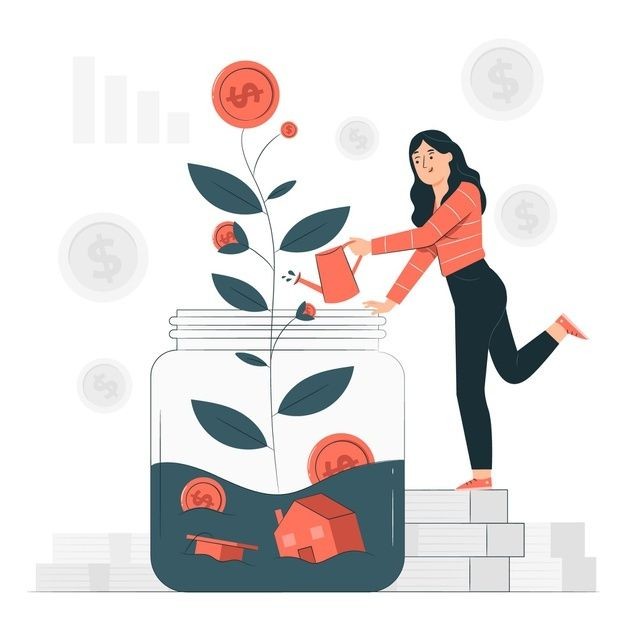
Several factors can cause inflation to affect investments:
1. Diminished Real Returns: The real returns on investments can be damaged by inflation. For instance, the real return on an investment of 5% may only be 2% if inflation is 3%.
2. Asset Prices: The cost of assets like stocks, real estate, and commodities can be impacted by inflation. These prices might rise occasionally as investors try to protect themselves from inflation by putting their money into assets that have typically held their value during inflationary times.
3. Interest Rates: In response to inflation, central banks may decide to hike interest rates, which will have an impact on borrowing costs as well as the yields on fixed-income assets like bonds.
4. Currency Value: A currency’s value may be diminished by inflation, which could have an effect on investments made with that currency. When there is inflation, investors might look to invest in currencies or other assets that are predicted to hold their value better.
In general, investors should take inflation into account when making decisions about their investments and may need to modify their plans to take into account how it will affect their purchasing power and returns.
How can your savings and investments cope despite inflation?
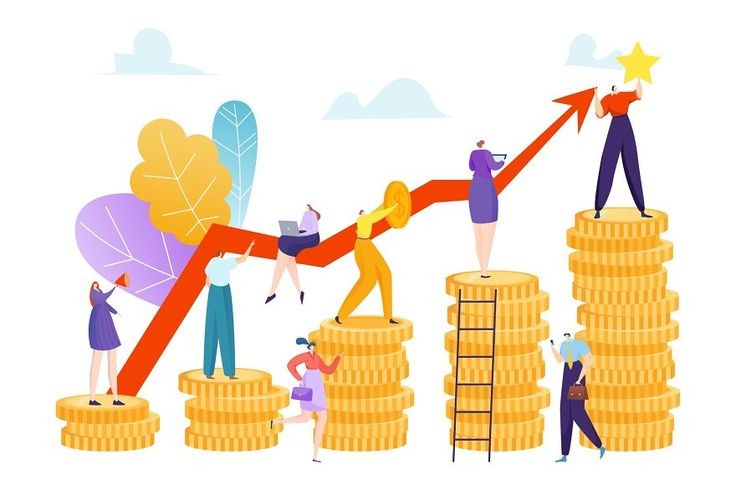
Take into consideration these tactics to combat inflation and maintain the value of savings:
1. Invest in Inflation-Protected Assets: Set aside a portion of your savings for assets like inflation-indexed bonds or Treasury Inflation-Protected Securities (TIPS) that are specifically created to protect against inflation. By adjusting their returns to reflect changes in the rate of inflation, these investments contribute to the preservation of purchasing power.
2. Diversify Your Portfolio: Distribute your savings among a variety of assets, such as commodities, stocks, bonds, and real estate. Because different assets may react to inflation in different ways, diversification can reduce risk and preserve the value of a portfolio as a whole.
3. Invest in Real Assets: Since their values typically rise in tandem with rising prices, real assets such as infrastructure, real estate, and commodities often do well during inflationary times. To protect yourself from inflation, think about putting some of your savings into these investments.
4. Review and Modify Investments: Continually assess your investment portfolio and make necessary adjustments in light of the current state of the economy, including variations in the rate of inflation. Over time, rebalancing your portfolio to take inflationary pressures into account can help safeguard the value of your savings.
5. Maximize Returns: To make sure your savings keep increasing in real terms, look for investments that offer returns higher than the rate of inflation. This could entail looking for chances for capital appreciation or making investments in assets with higher yields.
6. Examine Alternative Investments: Investigate alternative investment options like precious metals, cryptocurrencies, and peer-to-peer lending as they may present more chances for inflation protection and diversification.
You can help your savings withstand inflation and keep their purchasing power over time by putting these strategies into practice. Consulting a financial advisor will help you find investment and saving options that can withstand inflation but also fit your current financial situation.
Inflation affects investments and savings differently. Investors need strategies like diversified portfolios or real estate to beat inflation, while savers should consider assets that outpace inflation or inflation-protected securities to maintain their purchasing power. Understanding and managing inflation’s impact is crucial for both investors and savers to grow their wealth effectively.
For extra information on investing, read my article titled “Adulting Finance Talks: Investing for Beginners“.


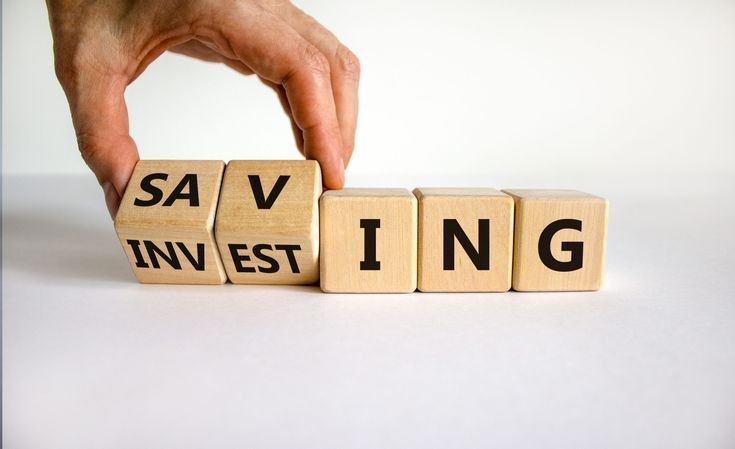

One Reply to “The impact of inflation on your savings and investments”